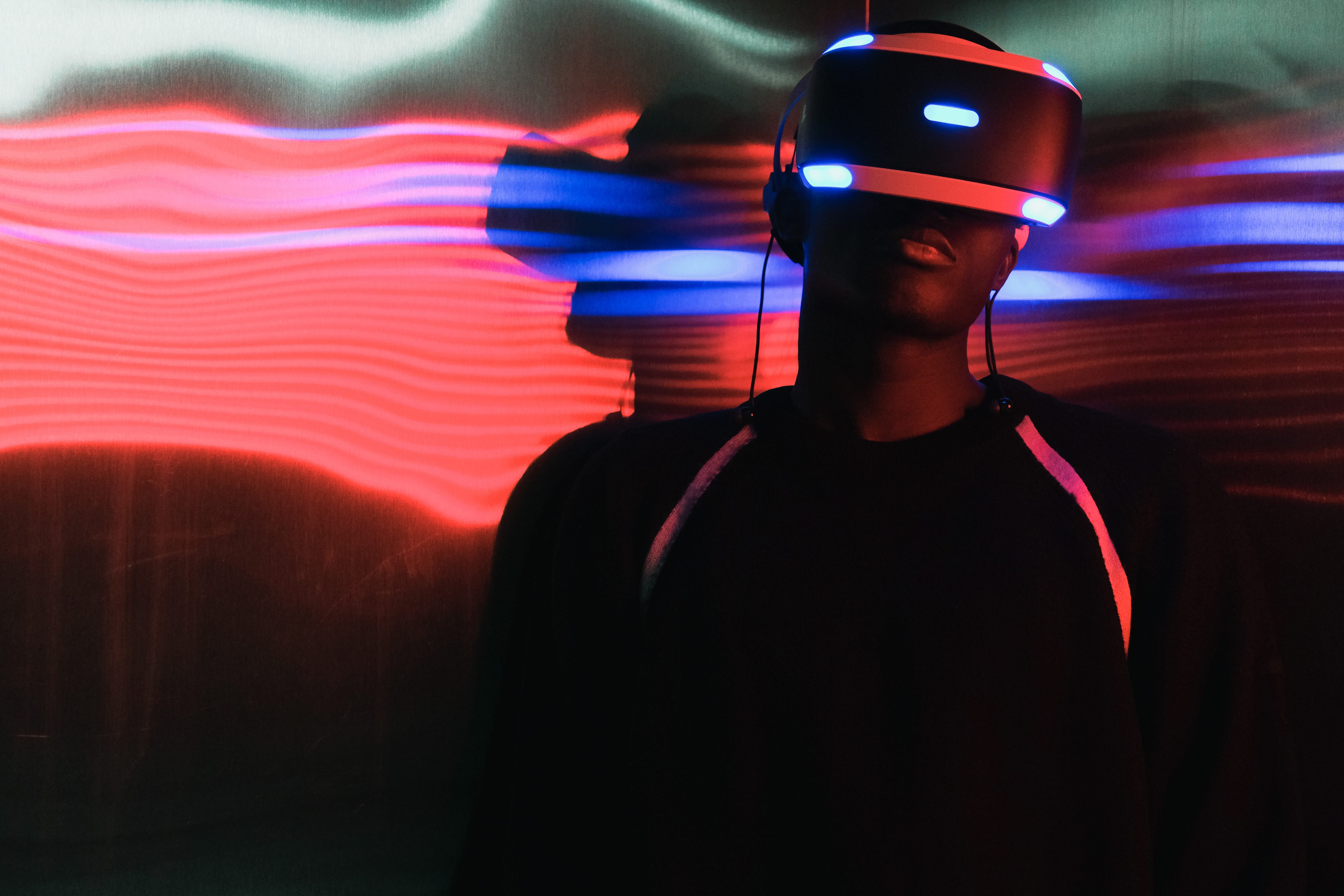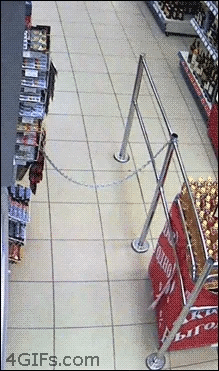Virtual Reality: The New Way To Educate In Healthcare
We don't know it's a problem until we see it.
There are many ways to teach. You can show and tell, have them read, and or have them do.
In my experience, the most effective method is by having the patient actively doing. Each method has its pitfalls but doing something can overcome more barriers. It also allows us to make interventions while teaching rather than troubleshooting over the phone. The biggest problem with this though is time and access to demo devices.
Generally, when I am educating a patient on a medication I employ what is called the “teach back” method. This is asking the patient to “teach it back to me.”
I usually say, “Why don’t you teach it back to me, So I make sure I did my job properly.”
It usually gets a chuckle and more importantly, the patients don’t feel like I am quizzing them or judging them. This is also when I can see where I lost them. It is a great way to do education. But, this can get difficult when you’re trying to teach where devices are involved. Not every facility has access to demo syringes and specialty devices. And if the patient forgets to bring it to their appointment you are playing a high-stakes game of charades.
This is where virtual reality (VR) comes in!
VR is making an impact in the surgical world but why can’t we also use it for medication education? With VR you can have the patient go through a morning routine. Learn how to inject themselves. Interact with their devices. This to me is even better than a demonstration video. We all know everything is perfect in the video but when we are doing it ourselves everything seems to go wrong. We have all been there when something starts to beep and flashing lights and you haven’t even touched it.
Another example where this could be beneficial is for medications with specific instructions. An example is that some medications need to be taken on an empty stomach before breakfast. We could have the patients run through their morning routine and have them “take” their medication before they have breakfast. We could discuss when in their routine would be the best time. For example, keeping the medication on their bedside table and taking it first thing in the morning. Maybe they keep their medications in the kitchen. So they could take it before they start making their breakfast. It is much easier for patients to visualize as they are going through their routine and the best part is they are taking us along with them. One of the biggest issues with medication adherence is that we expect the patients to change their whole life. This way we can conform to their life.
If we want to get even fancier we can map out their house. This could be used for rehab patients to identify any overlooked barriers.
Barriers…
Now, let’s touch on the issues with VR. I was just rambling on about how not every clinic or hospital has “demo” medications. Even fewer have VR setups. Let’s not even talk about the laborious process of creating all these teaching environments with all the different medications. With devices, it gets even more complex if you are trying to create troubleshooting scenarios.
With all that said all of these barriers are surmountable. I am really excited for VR to make its way into healthcare. So many great opportunities exist to make a great impact, and maybe we all can have a little fun along the way!
Thank you so much for your support! Please do not hesitate to reach out if you have any questions or leave a comment.
If you enjoyed what you read please consider subscribing and sharing!
I hope you have a great day!








Good✨